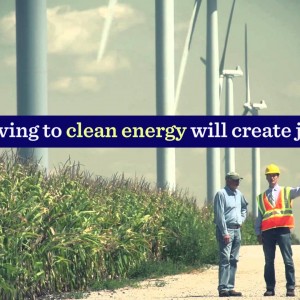
In America, the transition to a clean energy economy is already underway. We’re calling on candidates to show us a plan to power the country with 50% clean energy by 2030. The time is now.
View this complete post...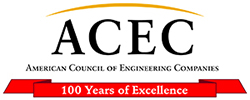







John Hennessy III,
P.E.

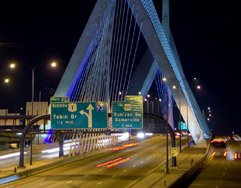
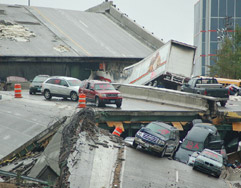
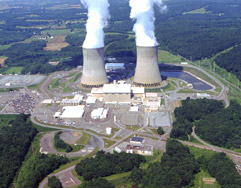
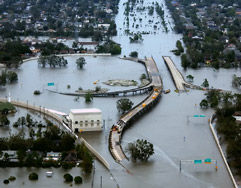

In America, the transition to a clean energy economy is already underway. We’re calling on candidates to show us a plan to power the country with 50% clean energy by 2030. The time is now.
View this complete post...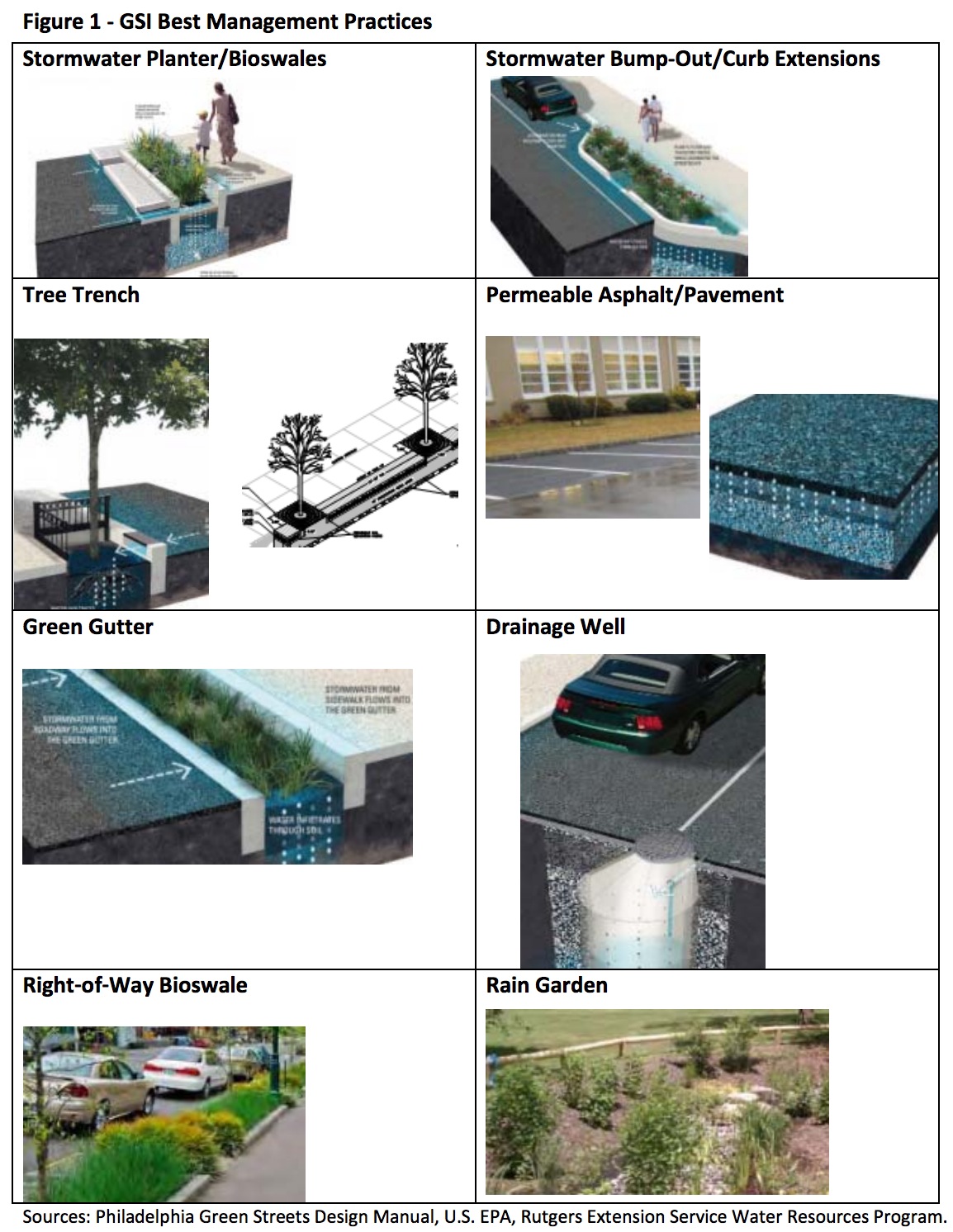
TOGETHER NORTH JERSEY
The City of Newark seeks to create a more sustainable city environment, improving the urban design of neighborhoods, the infrastructure serving the City, and health and safety of residents and businesses. Implementation of Green Stormwater Infrastructure (GSI) is a key strategy by which Newark can both manage stormwater runoff more sustainably and promote sustainable community design and renewal.
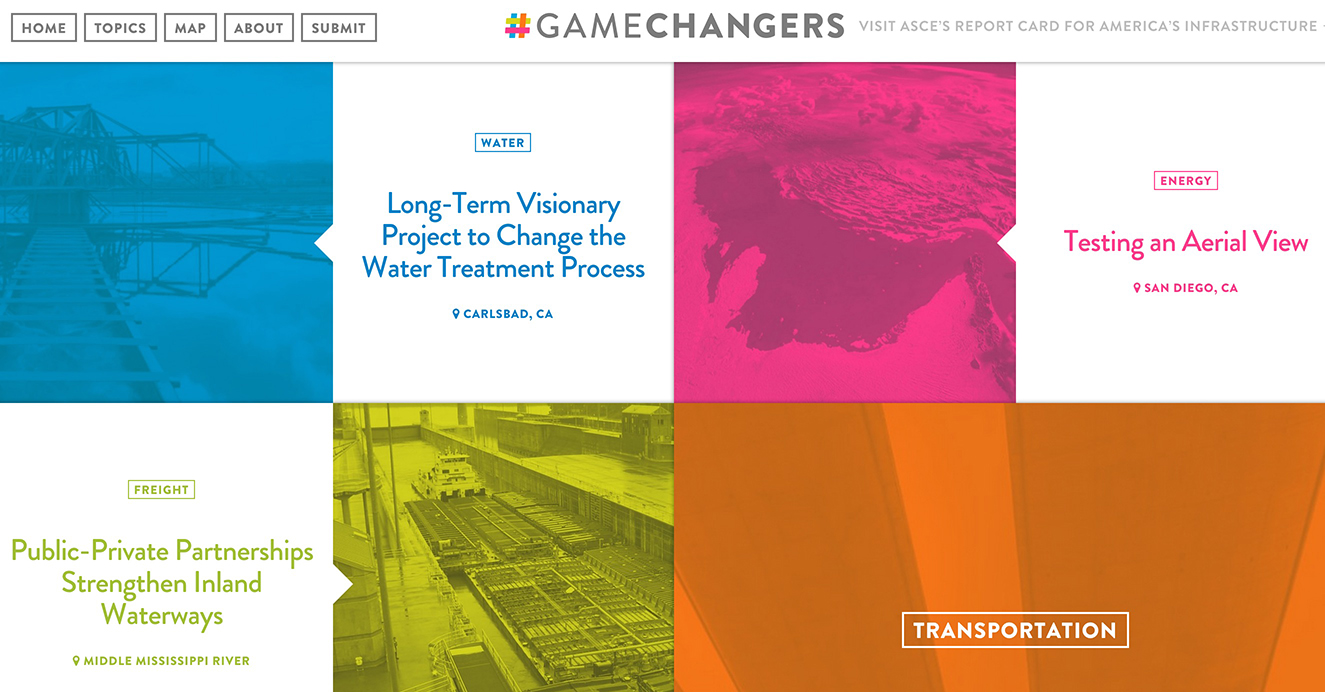
AMERICAN SOCIETY OF CIVIL ENGINEERS (ASCE)
#GameChangers is a compilation of the best and brightest innovations changing the infrastructure sector…We have surveyed engineers and public officials across the country to identify key game changers across the major infrastructure sectors – how we deliver drinking water, treat wastewater, build roads and bridges, design transit systems, generate and distribute energy, and move goods to market. We’re at a critical moment in deciding how, and if, we will further invest in our infrastructure. Imagine what more we can do if we seize the opportunity to replicate these engineering innovations.
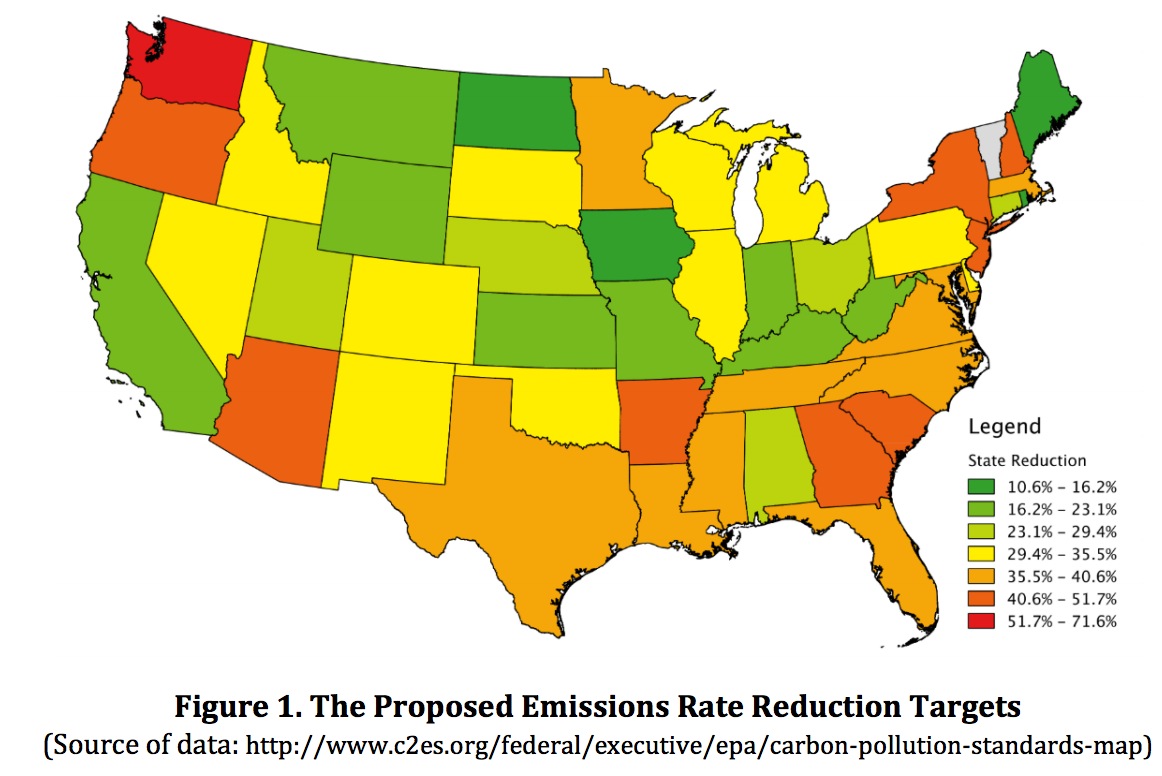
GEORGIA INSTITUTE OF TECHNOLOGY SCHOOL OF PUBLIC POLICY
Power plants are one of the largest sources of carbon pollution in the U.S., accounting for nearly 39% of annual CO2 emissions from the combustion of fossil fuels (EIA, 2014, Table A.18). On June 2, 2014, the U.S. Environmental Protection Agency (EPA) proposed state-specific limits on CO2 emissions from existing fossil fuel-fired electric generating units (EGUs) as part of its Clean Power Plan (CPP).
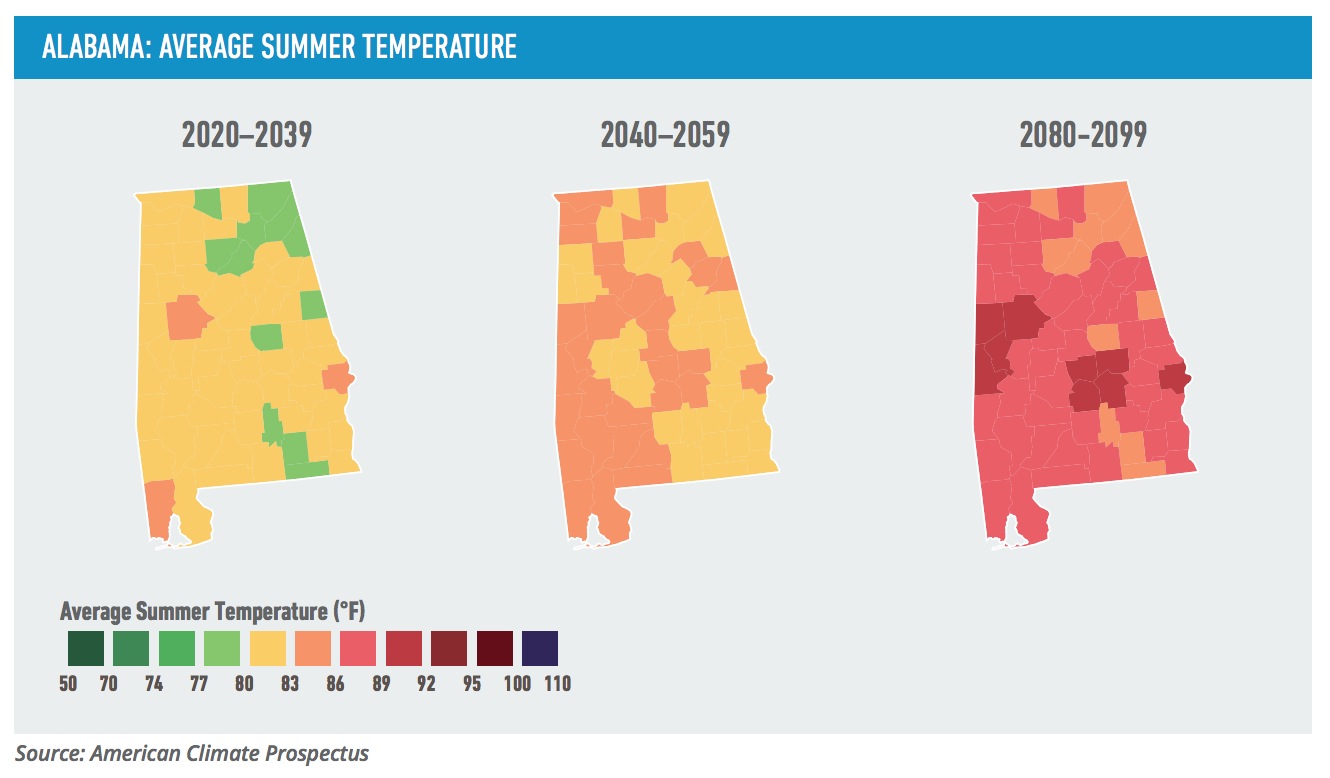
RISKY BUSINESS
The Southeast U.S. and Texas are experiencing an economic boom, mostly due to manufacturing and energy industry growth. But that boom is at risk from unchecked climate change, which could render this region—already one of the hottest and most weather-vulnerable of the country—at significant economic risk. However, if policymakers and business leaders act aggressively to adapt to the changing climate and to mitigate future impacts by reducing their carbon emissions, this region can lead in responding to climate risk. The Southeast can demonstrate to national and global political leaders the kind of strong response necessary to ensure a strong economic future.
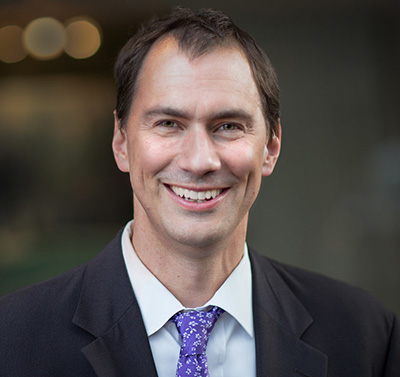
Geoffrey Anderson is the President and CEO of Smart Growth America. Named by Partners for Livable Communities as “One of the 100 Most Influential Leaders in Sustainable Community Planning and Development,” Geoff came to his current position after eight years heading the Smart Growth Program at the U.S. Environmental Protection Agency.
“It is amazing to see what local governments and states have done, and how much they have responded. Some of that is amazing in terms of their pro-activeness, and then some is less amazing because it’s become so desperate that they really had to do something, and unlike Congress, they didn’t have the luxury of kicking the issue off another two years without thinking about the longer term.”
View this complete post...NATIONAL CENTER FOR SUSTAINABLE TRANSPORTATION
Against the backdrop of continuing uncertainty around Congressional passage of a new federal transportation bill, a number of proposals have been circulated in the past year to address aspects of securing or reforming state and federal transportation funding. This white paper assembles the most prominent of these proposals and reviews them in the context of sustainable transportation, in particular, these three dimensions: funding sustainability, environmental sustainability, and social justice.
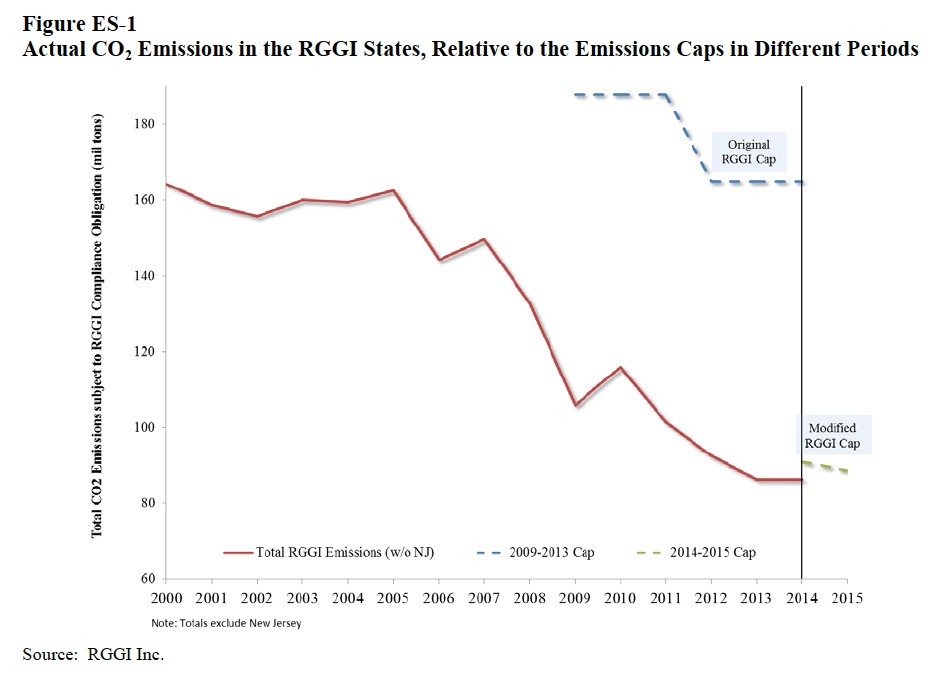
ANALYSIS GROUP
This Report analyzes the economic impacts of RGGI’s most recent three years, covering the years 2012 through 2014. This analysis follows on our prior November 2011 Report (hereafter “AG 2011 Report”) that assessed the economic impacts of RGGI’s first three years (2009-2011). Since the time of our last economic review, the electric industry has experienced changes in power plant economics, emission-control requirements, and wholesale market structures in the RGGI region. In addition, the RGGI states completed a comprehensive program review during 2012, and modified elements of the program including, most importantly, adopting a significantly lower overall cap on CO2 emissions in the RGGI region.
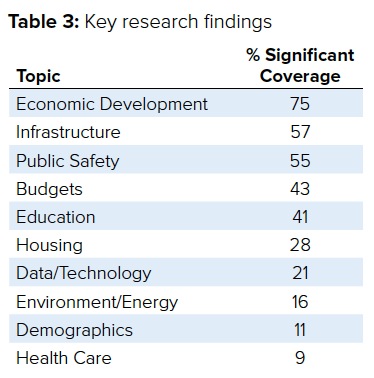
NATIONAL LEAGUE OF CITIES
Mayors are the leaders who shoulder many of our nation’s most critical problems and from whom solutions can arise. NLC stands ready to support city leaders in their efforts to help mend the nation, and through this annual analysis of mayoral priorities, spotlight challenges, opportunities, and progress in our cities. Whether through their roles in economic development, public safety or education, this year’s report highlights ways local governments are providing the leadership needed to create more equitable communities.
Follow InfrastructureUSA
Video, stills and tales. Share images of the Infra in your community that demands attention. Post your ideas about national Infra issues. Go ahead. Show Us Your Infra! Upload and instantly share your message.
Is the administration moving fast enough on Infra issues? Are Americans prepared to pay more taxes for repairs? Should job creation be the guiding determination? Vote now!
What do the experts think? This is where the nation's public policy organizations, trade associations and think tanks weigh in with analysis on Infra issues. Tell them what you think. Ask questions. Share a different view.
The Infra Blog offers cutting edge perspective on a broad spectrum of Infra topics. Frequent updates and provocative posts highlight hot button topics -- essential ingredients of a national Infra dialogue.
It is encouraging to finally see clear signs of federal action to support a comprehensive US infrastructure investment plan.
Now more than ever, our advocacy is needed to keep stakeholders informed and connected, and to hold politicians to their promises to finally fix our nation’s ailing infrastructure.
We have already engaged nearly 280,000 users, and hoping to add many more as interest continues to grow.
We require your support in order to rise to this occasion, to make the most of this opportunity. Please consider making a tax-deductible donation to InfrastructureUSA.org.
Steve Anderson
Managing Director
SteveAnderson@InfrastructureUSA.org
917-940-7125